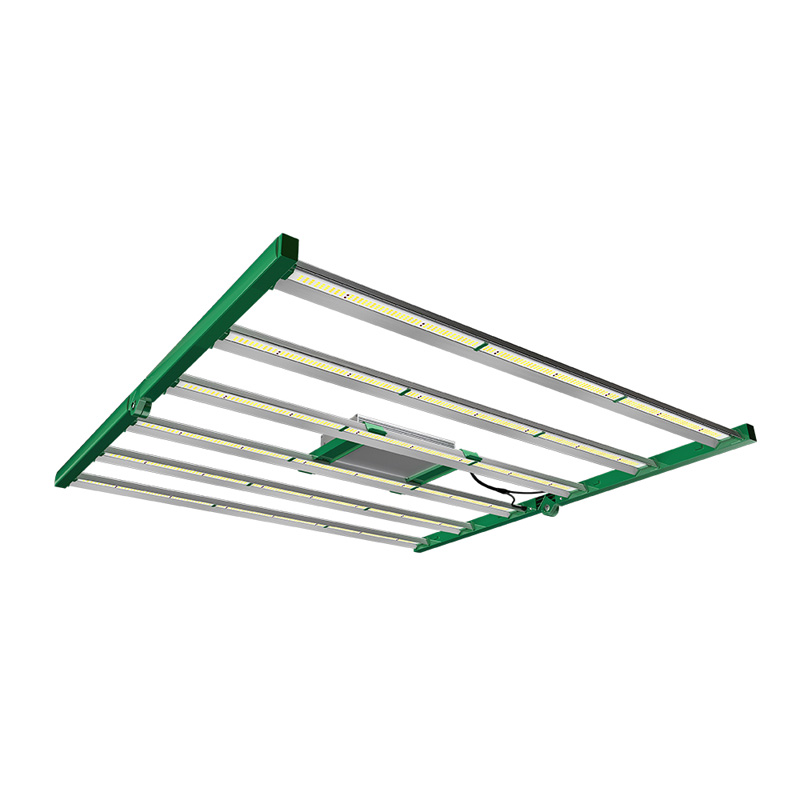Before you make the final decision on which
grow light to purchase, it is important to consider several factors. The color spectrum of LEDs is one of the most important factors, as it should match the specific wavelengths required by your plants. Manufacturers should provide you with this information. While the light intensity of LEDs is not an essential feature for seedlings, it is an important factor for larger plants and flowering plants. Listed below are the factors to consider when buying a grow light LED.
White LED grow lights mimic the full spectrum of light and are the most popular type of light for indoor gardening. They provide a full spectrum of light that mimics natural light and contain all three colors of the spectrum, red, green, and blue. The light's color temperature also plays a role, with cooler lights producing more blue photons and warmer ones producing more red light.
Light stands are another important feature of LED grow lights. Although they provide excellent support for your plants, they also have their limitations. A light stand can only support so many LED lights. Consequently, you need to make sure that you choose the right size for your grow area. Keep in mind that larger light stands allow more lighting. If you want to cover more area, two or three units should be sufficient. A grow light LED that is too narrow can cause problems in the growing process.
A grow light LED with a balanced light spectrum will maximize the effectiveness of chlorophyll and other plant pigments. A balanced spectrum ensures optimal photosynthesis. High PPF gives plants more light to grow and photosynthesis. Additionally, the light's white hue will be more natural to the human eye, which can help you spot pests. If you're unsure whether a grow light LED is right for your needs, consider getting a trial run before buying one.

